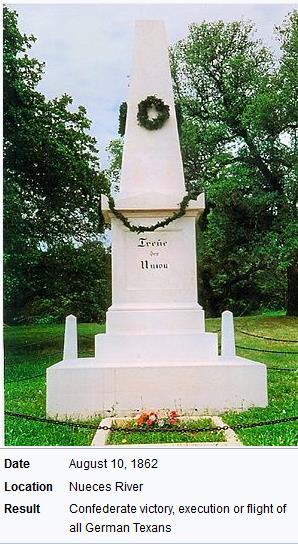The Senate hearings on Judge Brett Kavanaugh’s nomination to the Supreme Court have brought public attention to the role the Supreme Court, and courts in general, play in our trilateral system of government – a role that the public usually does not see in headlines other than when the Supreme Court considers hot-button social issues such as abortion and gun control. Most of the work done by courts flies under the radar and receives little public attention.
But a critical element in our system of government is its reliance on and belief in the “rule of law.” John Adams expressed this idea when he wrote that government should be a “government of laws and not of men.” It means that private citizens and government are accountable under the law; that laws be clear, just, publicized, and applied equally; that the process by which laws are enacted, administered and enforced are accessible, fair and efficient; and that justice is delivered timely by competent, ethical and independent representatives. Lawyers have an obligation to uphold the rule of law independent of and superseding their obligation to clients. Every person, including lawmakers, law enforcement officials and judges, is subject to the law. The authority of our courts is based on this principle.
The US Court of Appeals for the D.C. Circuit issued an opinion last month that illustrates the rule of law in the context of the political shift that took place after the election of President Trump. The case, Air Alliance Houston v. EPA, No. 17-155, was heard by a panel of three judges on that court, Judges Rogers, Wilkins, and Kavanaugh. Because of Judge Kavanaugh’s nomination to the Supreme Court, he did not participate in the opinion. The opinion was issued “Per Curiam,” meaning it was not signed by a particular judge but was issued “by the court” collectively. Continue reading →






